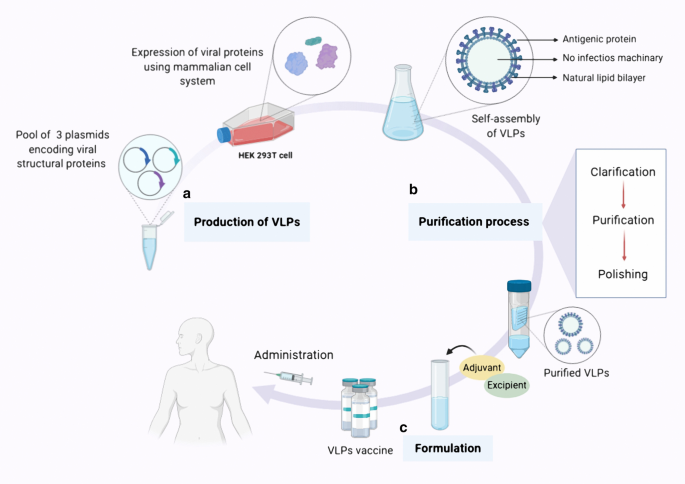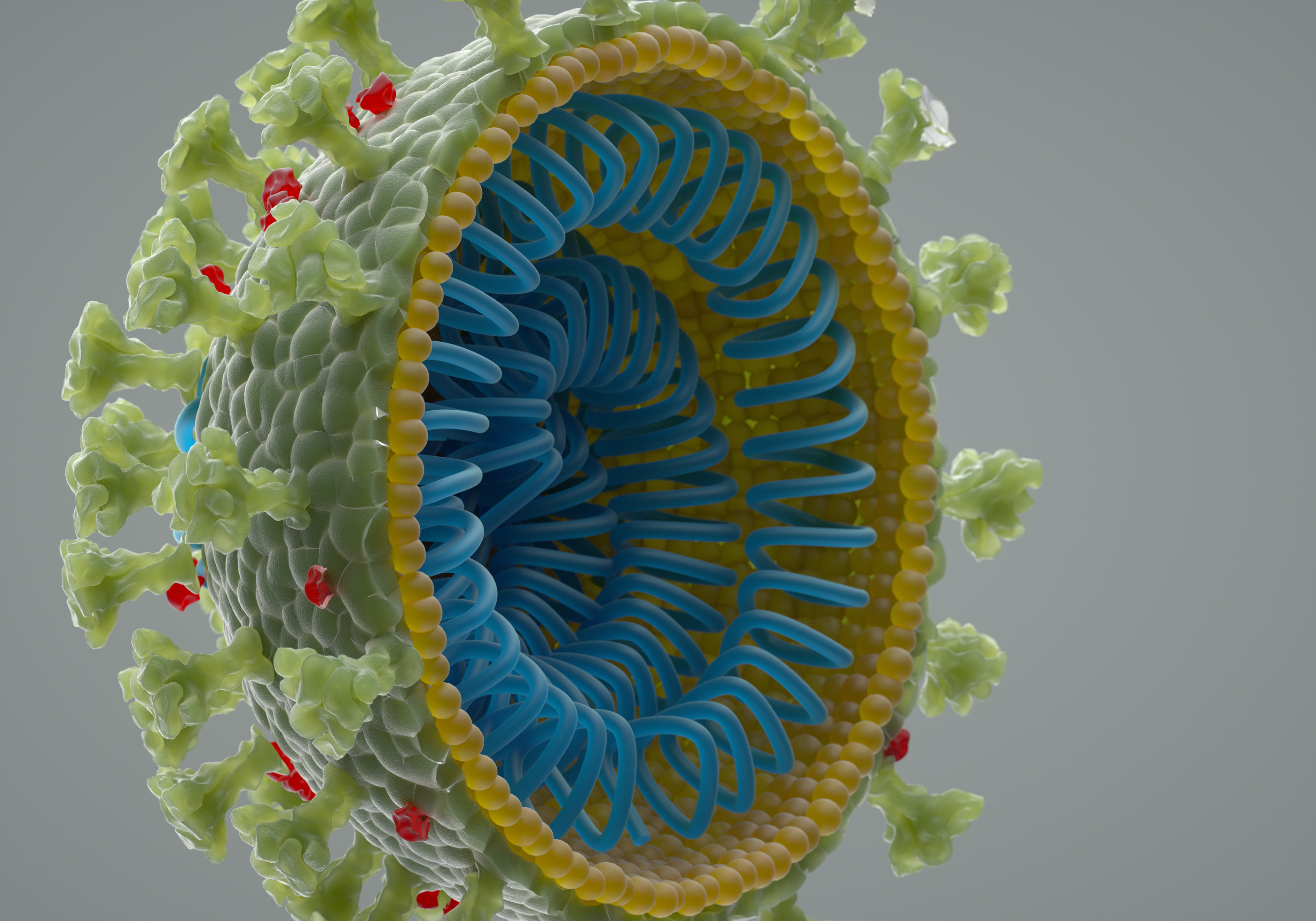


The committee has identified serious concerns about (1) the misapplication of methods used to assess risk, (2) the failure to make clear whether and how the evidence used to support risk assessment assumptions had been thoroughly reviewed and adequately evaluated, (3) the limited breadth of literature cited and the misinterpretation of some of the significant supporting literature, (4) the failure to explain the criteria used to select assumptions when supporting literature is conflicting, (5) the failure to consider important risk pathways, and (6) the inadequate treatment of uncertainty.

“ the committee was instructed to judge the adequacy and validity of the uSSRA. When a National Research Council committee inspected these DHS estimates they concluded “ The committee finds that the risks and costs could well be significantly higher than that “.Ī subsequent committee report ( NAP, 2012 ) continued: DHS has estimated that the 50-year risk (defined as having an economic impact of $9-50 billion) of a release from its lab at 70%. The US Department of Homeland Security (DHS) is currently constructing a new and expanded national Bio and Agro-defense facility in Manhattan, Kansas. Unfortunately, in the US at least, the question of the pandemic’s origin has become a political football either an opportunity for Sinophobia or a partisan “ blame game “.īut the potential of a catastrophic lab release is not a game and systemic problems of competence and opacity are certainly not limited to China ( Lipsitch, 2018 ). That is, one of the two labs in Wuhan that has worked on coronaviruses accidentally let a natural virus escape or, the lab was genetically engineering (or otherwise manipulating) a Sars-CoV-2-like virus which then escaped. Prompted by this proximity, various researchers and news media, prominently the Washington Post, and with much more data Newsweek, have drawn up a prima facie case that a laboratory origin is a strong possibility ( Zhan et al., 2020 Piplani et al., 2020 ). 11 million), happens to be the global epicentre of bat coronavirus research (e.g. It follows from the fact that the epicentre city, Wuhan (pop. Perhaps this scenario is approximately how the current COVID-19 pandemic began.īut one other troubling possibility must be dispensed with. After a few such tentative transmissions the pandemic proper began. As it was successively passed on in its first few human hosts the virus rapidly evolved, adapting to better infect its new hosts. In this first human (patient zero) the virus survived, perhaps only barely, but was passed on, marking the first case of human to human transmission. The virus then evolved briefly in this animal species, but not enough to cause a civet pandemic, and then was picked up by a human before it died out in civets. The idea, as it applied to the original (2002) SARS outbreak, is that the original bat virus infected a civet. Since the two previous coronavirus near-pandemics of SARS (2002-3) and MERS (2012) both probably came from bats and both are thought (but not proven) to have transitioned to humans via intermediate animals (civets and dromedaries respectively), a natural zoonotic pathway is a reasonable first assumption ( Andersen et al., 2020 ). Most were fuelled by early findings that many of the earliest COVID-19 cases seem to have occurred in and around Wuhan’s Huanan live animal market. In the press and in the scientific literature, scenarios by which this natural zoonotic transfer might have occurred have been endlessly mulled. This bridging animal would probably have had an ACE2 cellular receptor (the molecule which allows cellular entry of the virus) intermediate in protein sequence (or at least structure) between the bat and the human one ( Wan et al., 2020 ). Some animal, perhaps a snake, perhaps a palm civet, perhaps a pangolin, served as a temporary host. The answer almost universally seized upon is that there was an intermediate species. In consequence, from its beginning, a key question hanging over the pandemic has been: How did a bat RNA virus evolve into a human pathogen that is both virulent and deadly? However, most of these ancestor-like bat coronaviruses cannot infect humans ( Ge et al., 2013 ). Therefore, the likely viral reservoir was a bat. Practically the lone undisputed assertion made so far is that all the nearest known genetic relatives of its cause, the Sars-CoV-2 virus, are found in horseshoe bats ( Zhou et al., 2020 ). Do homemade face masks work? What is the death rate of COVID-19? How accurate are the tests? How many people have no symptoms? And so on. If the public has learned a lesson from the COVID-19 pandemic it is that science does not generate certainty. By Jonathan Latham, PhD and Allison Wilson, PhD


 0 kommentar(er)
0 kommentar(er)
